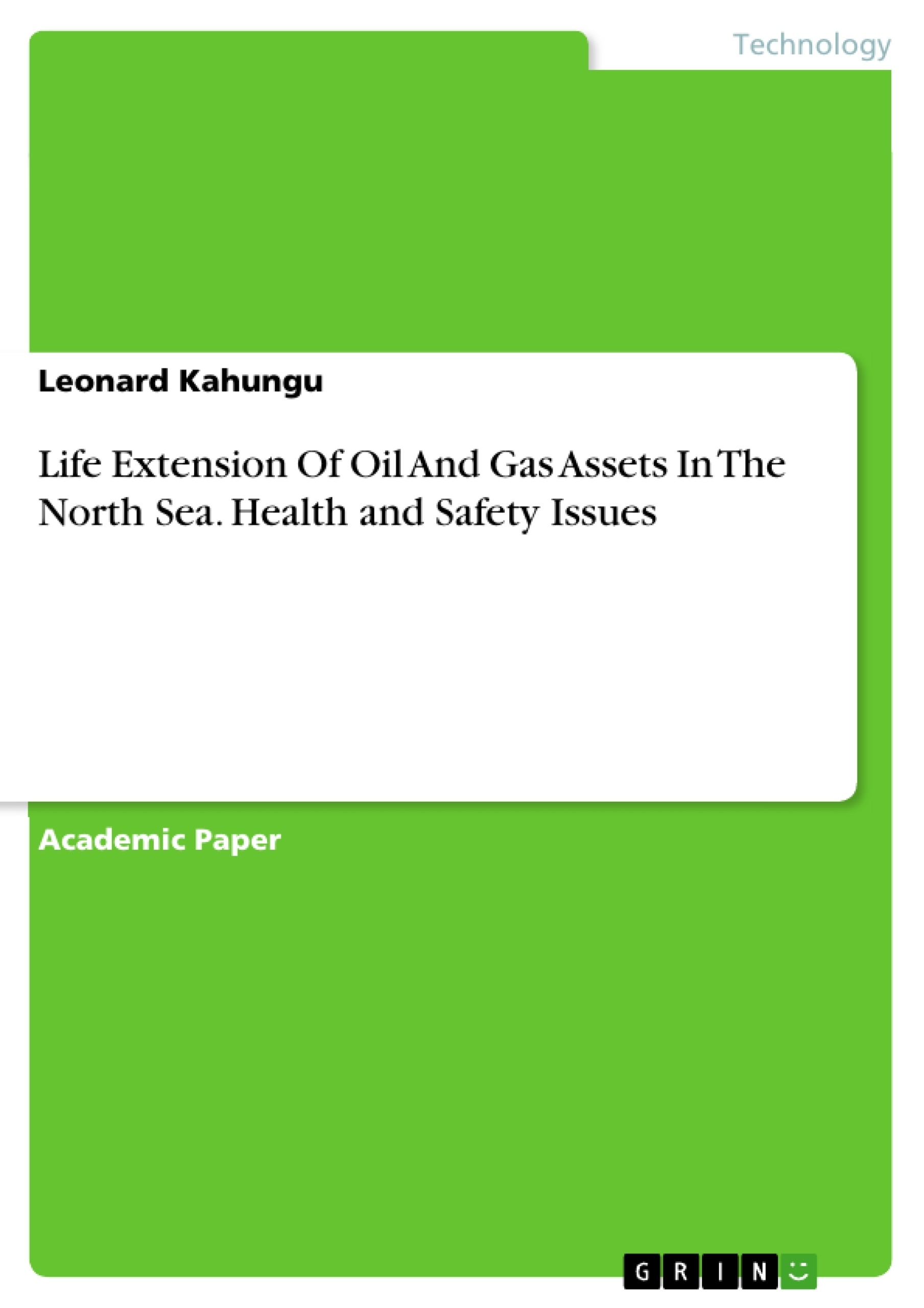In recent years, the offshore Shell operations have been faced with considerable challenges in the North Sea, due to dwindling oil resources. Currently, major oil operations are targeting marginal fields, explore more challenging ones and go further into deeper sea oceans.
Established fields are characterized by reducing production rates and increasing unit expenses of the structures that have been functioning beyond the intended design lifespan. Besides, oil and gas production process integrates the functions of numerous pieces of equipment, which are subjected to rigorous operating environments. Corrosion, wear, erosion and ageing-related factors weaken the conditions of these facilities.
This necessitates the significance of understanding the ageing and life extension processes and implement effective intervention measures on demand without jeopardizing the integrity, health, and safety of the facilities, the people working on and the natural environment surrounding them.
Inhaltsverzeichnis (Table of Contents)
- Introduction
- Ageing and Life Extension in the North Sea.
- Risk Management and Asset Integrity.
- Technology.
- ALE and Health and Safety Executive Guidelines..........\n
- Economic Impacts.
- Technology.....
- Environmental Issues
- A business case about ageing and life extension in the North Sea
- Conclusion....
- References
Zielsetzung und Themenschwerpunkte (Objectives and Key Themes)
This document aims to provide a comprehensive overview of the challenges and opportunities presented by ageing and life extension (ALE) of oil and gas assets in the North Sea. It explores the technological advancements, economic impacts, environmental considerations, and regulatory guidelines associated with extending the operational life of these assets. The paper also highlights the importance of robust risk management and asset integrity practices in ensuring safe and sustainable operations throughout the extended lifespan of these facilities.
- Ageing and Life Extension of Oil and Gas Assets in the North Sea
- Risk Management and Asset Integrity
- Technological Advancements and ALE
- Economic Impacts of ALE
- Environmental Considerations in ALE
Zusammenfassung der Kapitel (Chapter Summaries)
- Introduction: This chapter provides an overview of Shell's operations in the North Sea, outlining the challenges posed by dwindling oil resources and the need for ALE to maintain production. It emphasizes the importance of ensuring health and safety during ALE operations.
- Ageing and Life Extension in the North Sea: This chapter delves into the ageing process of oil and gas assets, defining the various stages of deterioration and exploring the factors that contribute to asset degradation. It highlights the importance of implementing effective intervention measures to maintain asset integrity.
- Risk Management and Asset Integrity: This chapter focuses on the critical role of asset integrity management in ALE. It emphasizes the importance of routine inspections, testing, and maintenance to ensure the safe and reliable operation of ageing assets. It also discusses the use of asset registers and risk-based inspection programmes.
Schlüsselwörter (Keywords)
Key terms and concepts explored in this document include ageing and life extension (ALE), asset integrity, risk management, offshore oil and gas operations, North Sea, technological advancements, economic impacts, environmental considerations, regulatory guidelines, and health and safety.
- Quote paper
- Leonard Kahungu (Author), 2018, Life Extension Of Oil And Gas Assets In The North Sea. Health and Safety Issues, Munich, GRIN Verlag, https://www.grin.com/document/428648



